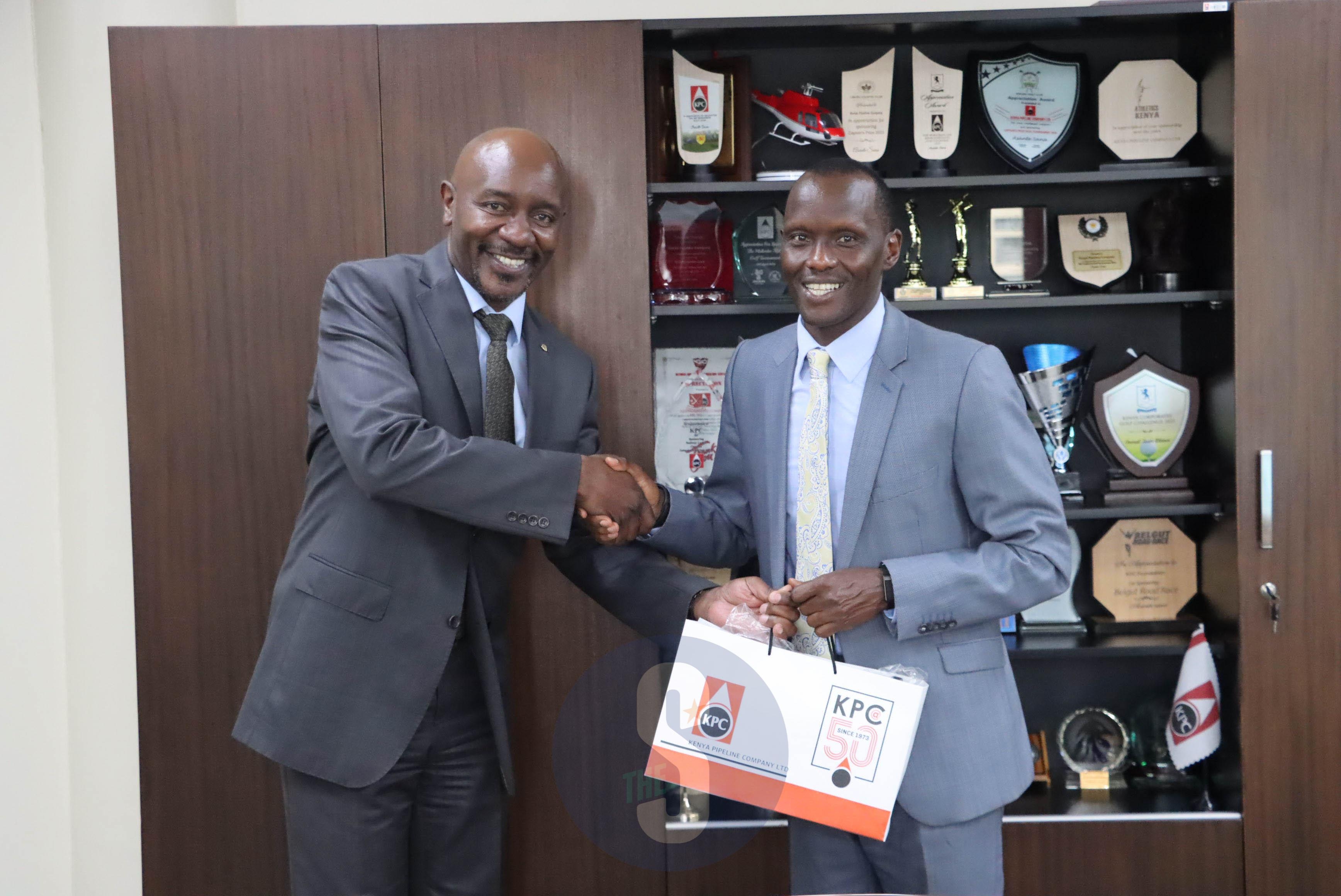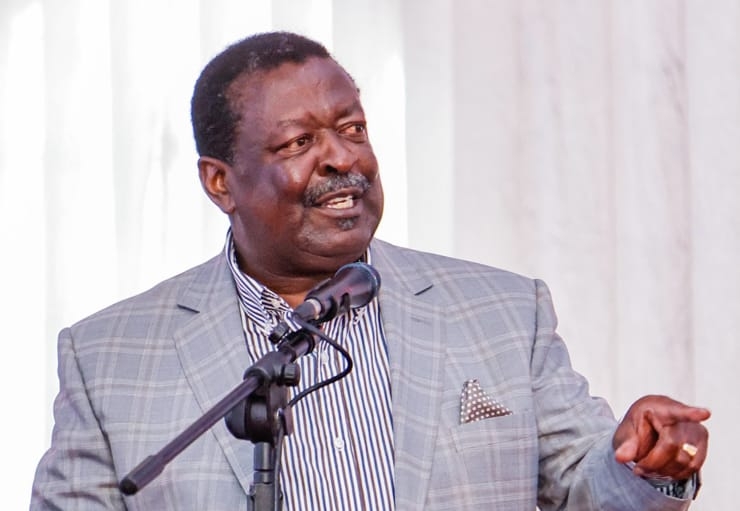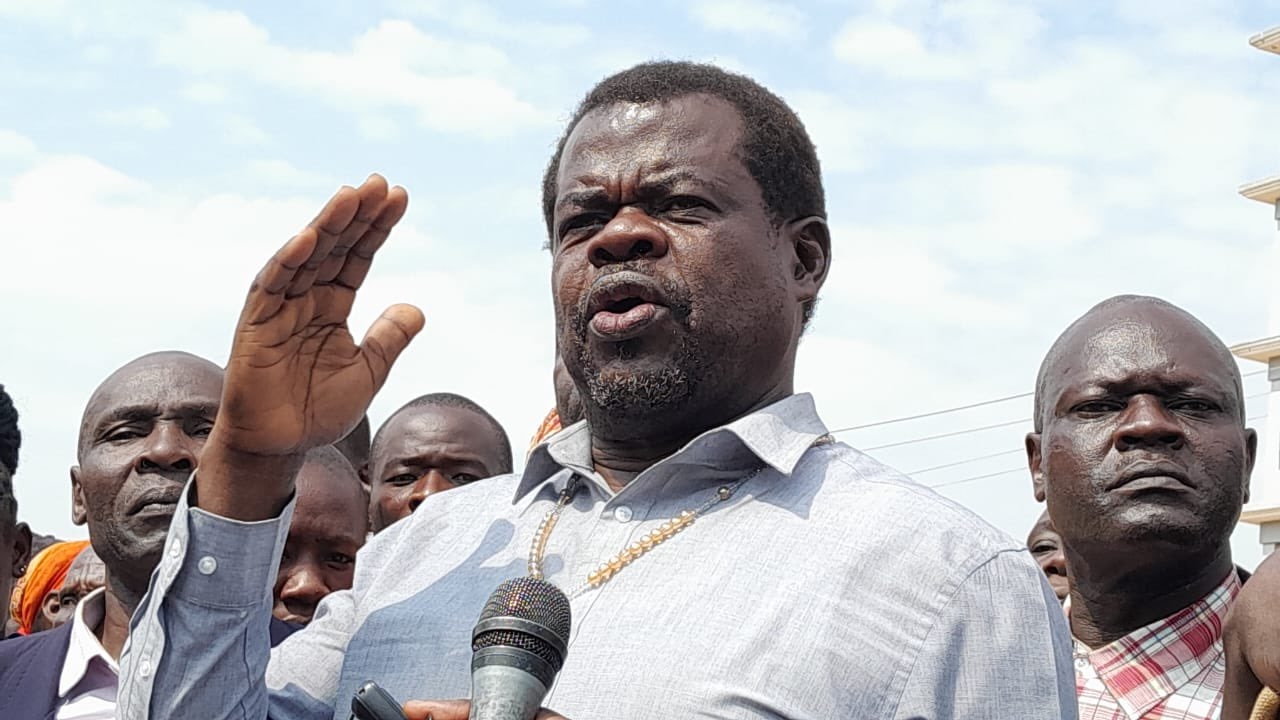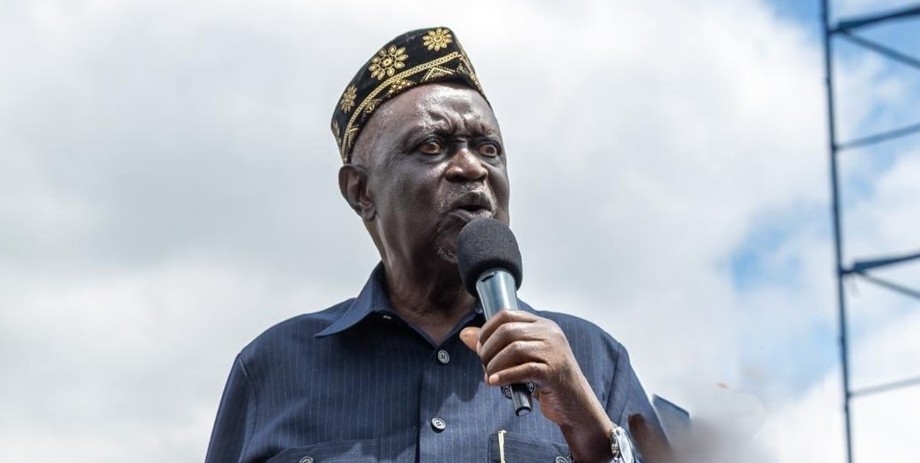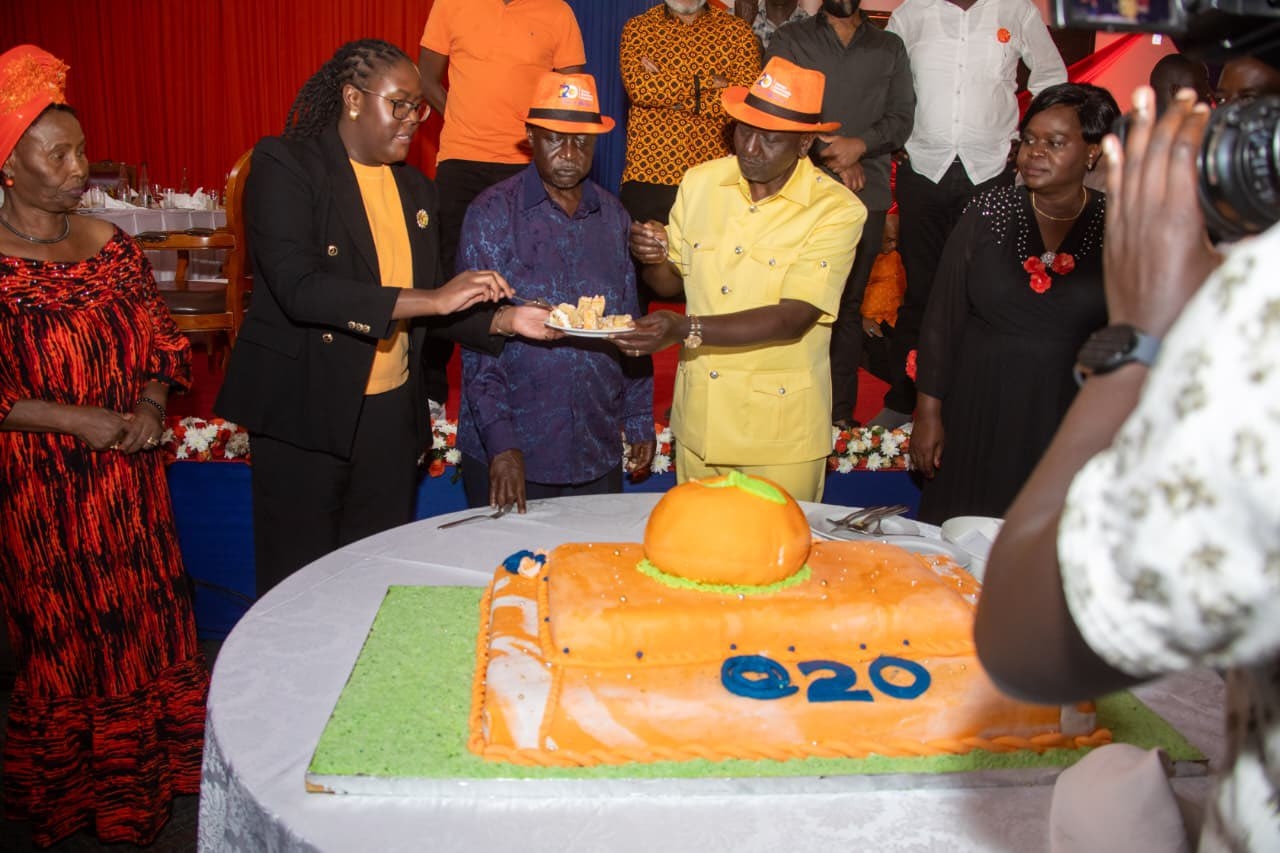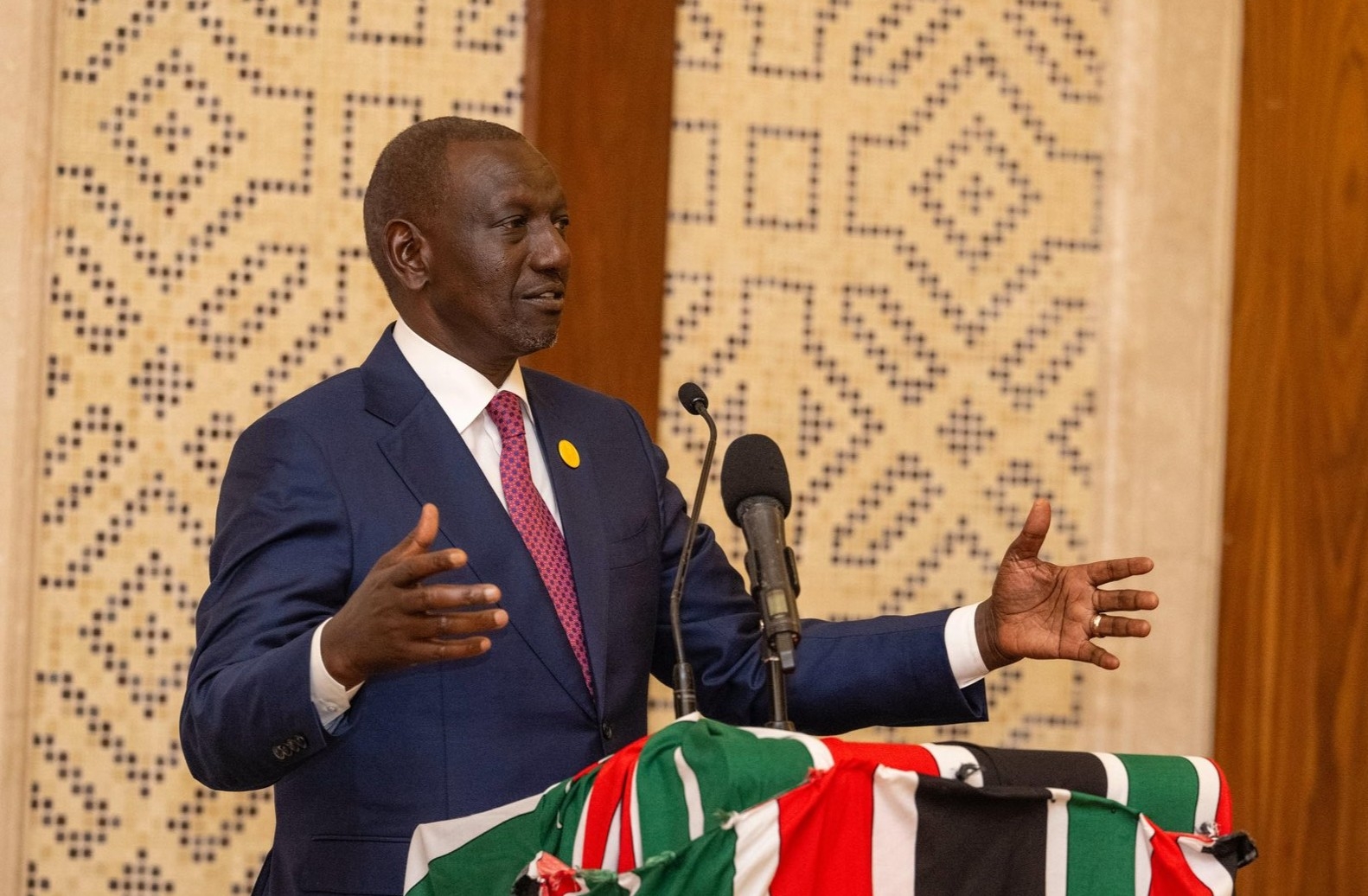You probably may have been wondering how vehicle number plates are registered in the country or even noticed unique plates with no idea about them.
To begin with, you need to know that there are over a million registered vehicles including motorcycles both private and public currently in the country.
Registration of motor vehicles is done by the National Transport and Safety Authority (NTSA). These number plates are issued by the registrar of motor vehicles.
The registrar keeps records for all vehicles registered whether civilian, G.K, parastatal, diplomatic units or NGOs.
So, apart from the normal number plates for private and public service vehicles (PSV), did you know there are other several types issued to specific state departments and foreign corps?
These plates come in red, blue, green or black and are assigned to special individuals or organizations.
The most common types of number plates are on a white plate with black lettering and follow a format LLL NNNL- where ‘L’ denotes a letter and ‘N’ denotes a digit for example KCA 000L.
Diplomatic numbers for the embassies are white in colour on a red plate and assigned in the order that they recognized Kenya’s independence followed by a Chartered Diplomat (CD).
Germany for example has its diplomatic plate 1 CD and a number at the end allocated by the embassy depending on the rank of the car owner with a letter K which stands for embassy is located in Kenya-thus 1 CD 45 K.
It is allocated 1 because it was the first country to recognize Kenya as an independent state after independence.
“This year, as we celebrate 60 years of independence, it is important to note that Germany was the first country to establish a diplomatic relationship with Kenya and hence the number plate of the German Ambassador to Kenya is 1 CD,” Foreign Affairs CS Alfred Mutua recently.
International nongovernmental organizations have a unique category of number plates numbering written against a red background and starting with KX.
For instance KX 05 D 59; where KX denotes the NGO while 05 D signifies the specific organization and rank of the officer.
Other number plates are for county government vehicles, Governors’, customized plates and Kenya defence forces.
The current number sequences that are used in the country are GK for all government vehicles, counties (CG) for example 47 CG, Governors (GVN) followed by the county code as GVN O47 while Chief Justice uses (CJ).
KDF commanders use KA for Kenya Army, Kenya Air Force (KAF) and Kenya Navy (KN).
Parastatals use blue plates with white letters and numbers, Vehicle Dealers (KG), and motorcycles now use KMCA while speakers of the national assembly and senate use SNA and SS respectively.
History
The first vehicle to be registered in Kenya is believed to have been done in the 1920s.
Single letters were attributed to each of the 14 registration districts where N was for Kiambu, E for Kisumu, J (Kitale), B, H, T, W (Nairobi) and A for Mombasa.
Letter C was for Nakuru vehicles, D (Kericho), F (Eldoret), G (Nyeri), K (Muranga previously Fort Hall), L (Kisii) Q (Machakos), S (Lamu), V (Isiolo), and Y for Nanyuki.
In 1950, due to the increasing number of vehicles, the K-prefix series was introduced to the three-letter numbering system followed by the regional code (below) and a serial letter A-Z.
For example, Nairobi - KB (1950), KF (1955), KG (1959), KH (1961), KK (1965), KM (1968), KN (1970), KP (1972), KQ (1974), KR (1976) and KV (1978), Kisumu - KD (1950), KU (1977) and Nakuru - KC (1950), KL (1967), KS (1977).
The second-generation plates were introduced in 1989 and followed the KAA 001A to KAZ 999Z format, this is after the registration of vehicle KZZ 999.
Following the registration of KAZ 999Z, the third generation was introduced in 2007 as KBA 001A with the series running from KBA 001A to KBZ 999Z.
The fourth generation was then started in 2014 as KCA 001A.
The series ran from KCA 001A to KCZ 999Z.
The current fifth-generation fifth generation was started in September 2020 with KDA 001A.
It was launched on August 30, 2022, by former CS Fred Matiangi with Kenyans being given 18 months to apply for the new digital plates.
This means Kenyans have until February 2024.
The series will run from KDA 001A to KDZ 999Z.
Diplomatic and United Nations codes
Here are some of the sequence assignations
2 CD - Russian Federation, 3 CD – Ethiopia, 4 CD – China, 5 CD – Norway, 6 CD – Hungary, 7 CD – Egypt, 8 CD – Serbia, 9 CD – Italy, 10 CD – France, 11 CD – Slovakia, 12 CD – Denmark and 24 CD – Israel.
Others are 47 CD - The African Union (A.U), 40 UN - United Nations Development Programme (UNDP), 41 UN - World Health Organization (WHO), 42 UN - United Nations Educational, Scientific and Cultural Organization (UNESCO), 43 UN - International Bank for Reconstruction and Development (The World Bank), 44 UN - Food and Agriculture Organization of the United Nations (FAO) and 45 UN - World Food Programme (WFP).





